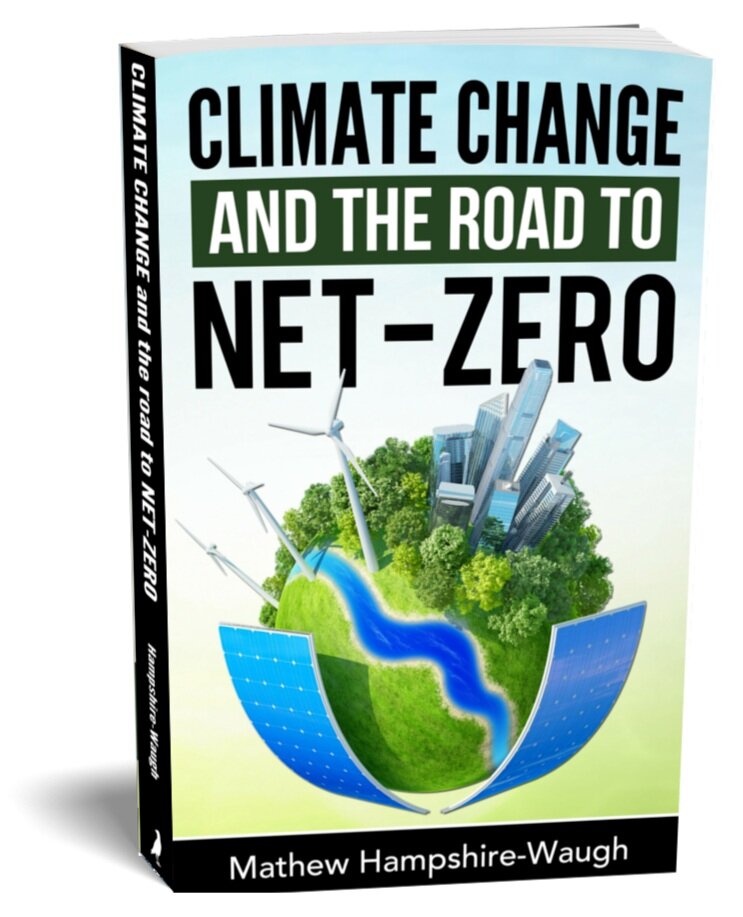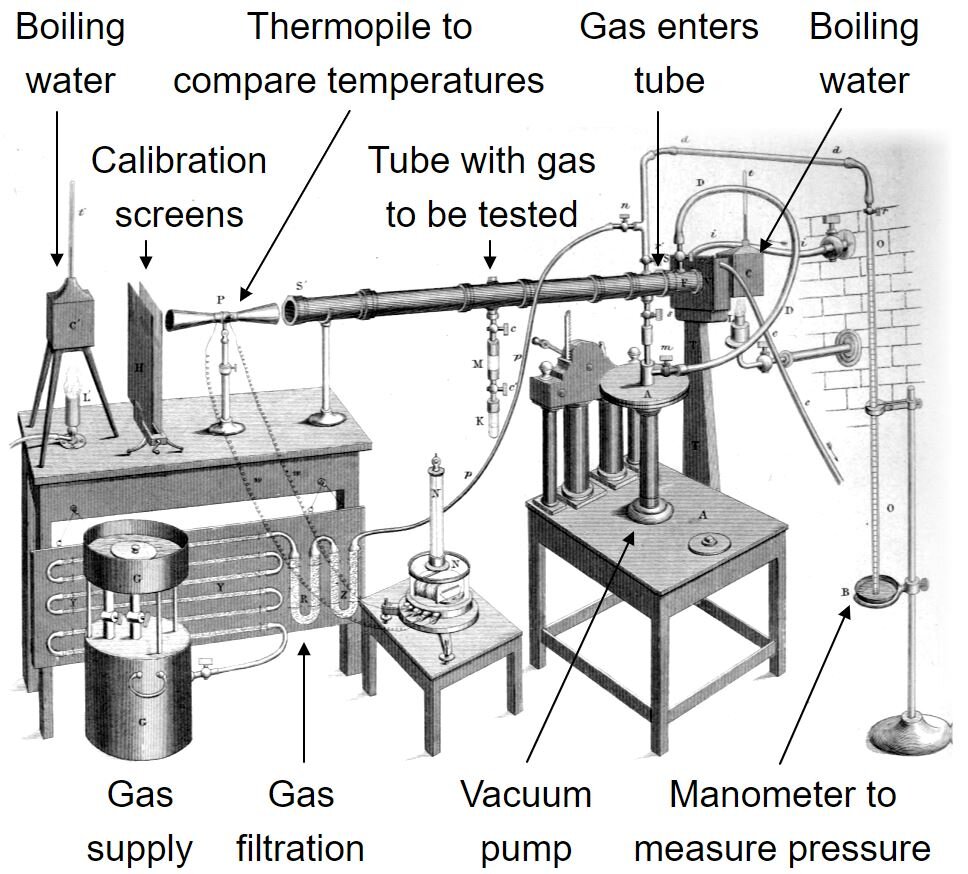Energy Supply and Remaining Resources
In this post from the draft book NET-ZERO:
What are unconventional fossil fuels? A brief history of shale gas, fracking, and the quest for ever greater quantities of cheap energy.
When will fossil fuels run out? The remaining resources of oil, gas, and coal could power the economy for another 500 years, but would create a planet better suited for cold-blooded reptiles rather than humans.
Can we build enough sustainable energy to power the world indefinitely? The plentiful resources available to build enough solar panels or wind turbines to power the planet.
The Quest for More Energy
The cornucopian ideals of free markets, technological advance, and interchangeable resources have taken humanity from burning trees, to burning coal, to burning oil and gas. The switch from wood to fossil fuels preserved what was left of Earth’s forests, but has come at the expense of Earth’s atmosphere. In our quest for more energy, human innovation continues to devise new ways of extracting unconventional, hard-to-reach fossil fuel deposits despite the increasingly dangerous levels of CO2 in the atmosphere.
Nuclear Drilling
One particularly inventive or perhaps reckless case of innovation was thought up in the late 1960’s when American concerns about running low on natural gas were building and the atomic energy commission was desperate to find a more peaceful, practical use for nuclear energy. Enter project Rulison.
The Austral oil company devised a plan to access the hard-to-reach shale gas deposits deep in the Rulison fields of Colorado by detonating nuclear bombs deep within the mountains. With the greenlight from President Nixon, who was particularly excited at the prospect of nuclear drilling, and after the evacuation of 36 families within five miles of the blast radius, the AEC dropped a 40-kiloton nuclear weapon (nearly three times as powerful as the Hiroshima bomb) down the well head, and detonated.
The blast registered 5.5 on the Richter scale. Austral oil waited patiently while the site cooled before they returned to inspect their not-so-hard work. Initial analysis confirmed the flow rate was nearly ten times greater than conventional natural gas stimulation. The only problem, the resulting radioactivity, meant the product was unusable and the eye watering cost of the nuclear bombs rendered the process uneconomic.
The Beginnings of Shale
It would take another two to three decades before substantial progress on extracting unconventional fossil fuel deposits was made. Texas oil man George Mitchell of Mitchell Energy was convinced of the huge energy potential bound-up within the depths of porous shale rock formations, and would succeed where all the major oil and gas companies had failed.
Mitchell’s engineer, Nick Steinsberger, perfected a recipe for fracking fluid consisting of water, sand, biocide, acid, and skin cream. Steel casing was cemented down a drill hole and the secret recipe was pumped through the steel casing under high pressure to fracture the rock, whilst the sand propped open the fractured network to let the natural gas flow back to the surface. The process was a success. Gas flowed freely, the pores remained open, and Mitchell Energy production numbers swelled as they acquired land and opened up more shale gas deposits across Texas.
Soon the big operators started to take an interest and in 2002 Devon Energy acquired Mitchell’s business for $3.5 billion. They combined the recipe for fracking fluid with their new technology for horizontal drilling and kick started the shale revolution in the US, unlocking vast resources, driving natural gas prices down to four times cheaper than the rest of the World, and played a major role in the economic boom of the US economy over the last 20 years.
Remaining Finite Energy Resources
Despite the ongoing advances in technology, we know fossil fuel resources are ultimately finite. But how long might coal, oil, and gas power the economy before it runs out? If we are running low on fossil fuels do we really need to worry about climate change?
Well, there are an estimated 1,000 billion tonnes of coal, 200 trillion cubic metres of gas, and 1,700 billion barrels of oil reserves which have been located and can be extracted at today’s cost. Based on the current rate of global consumption, coal would last 130 years, oil 60 years, and gas 50 years. Burning through these remaining reserves would lock-in a global temperature increase of ~4-5⁰C and risk further tipping points and accelerated change.
Adding all the remaining fossil fuel resources which include deposits not yet located or which are more difficult to reach and the coal supply increases 8x, oil 4x, and gas 5x. A total of 10,000 billion tonnes of fossil fuel carbon. Coal alone could power the planet for another 400 years. Add the oil and gas resources and this adds up to more than 500 years of energy.
Uranium is another finite resource with just four million tonnes of identified reserves. But with only 70,000 tonnes consumed each year there is enough to last another 70 years. Find a route to economically extract uranium from sea water and you multiply resources by a thousand-fold – enough to power the entire planet for thousands of years.
Burning the full 10,000 billion tonnes of fossil fuel carbon left on the planet over the next few centuries would take atmospheric CO2 concentrations towards the highest levels recorded in 500 million years of the Earth’s history, temperatures would rise over ~10⁰C warmer, and we would experience climate conditions last encountered over 50 million years ago.
Unless we leave the majority of fossil fuel resources buried underground we are set to create a planet better suited for cold blooded reptiles than for human inhabitants.
Sustainable Energy Supplies
Hydro, wind, solar and biofuels are sustainable or renewable energy sources. They will go on providing energy so long as the sun shines - another 5 billion years. And whilst a finite supply of materials are available to create the dams, turbines, and panels to harness the energy, there is more than enough for our needs over the coming centuries.
Silicon, used to produce solar panels, is the second most common element in the Earth’s crust and has plentiful supply. The rare-earth metals, required to produce permanent magnets for generators in wind turbines, are actually not so rare. The available neodymium on Earth could support sufficient wind turbines to power the planet three times over.
Wind and solar offer a cheap, clean, abundant source of sustainable energy which avoids conflict over dwindling finite resources and will no doubt form the back-bone of our net-zero future.
“We are like tenant farmers chopping down the fence around our house for fuel when we should be using nature’s inexhaustible sources of energy - sun, wind and tide… I’d put my money on the sun and solar energy. What a source of power! I hope we don’t have to wait until oil and coal run out before we tackle that”. Thomas Edison, the father of electricity, talking to Henry Ford in 1931.


































